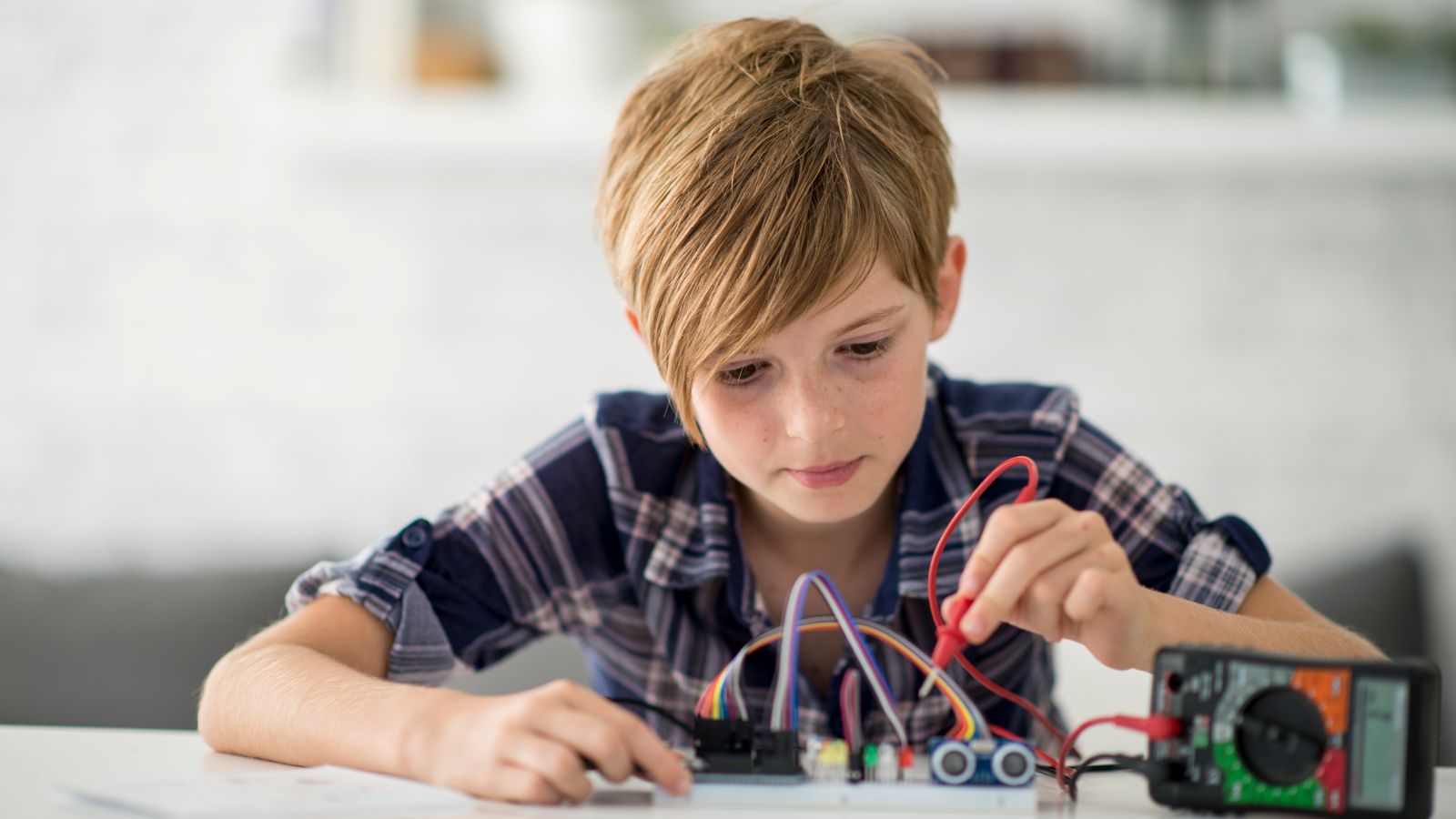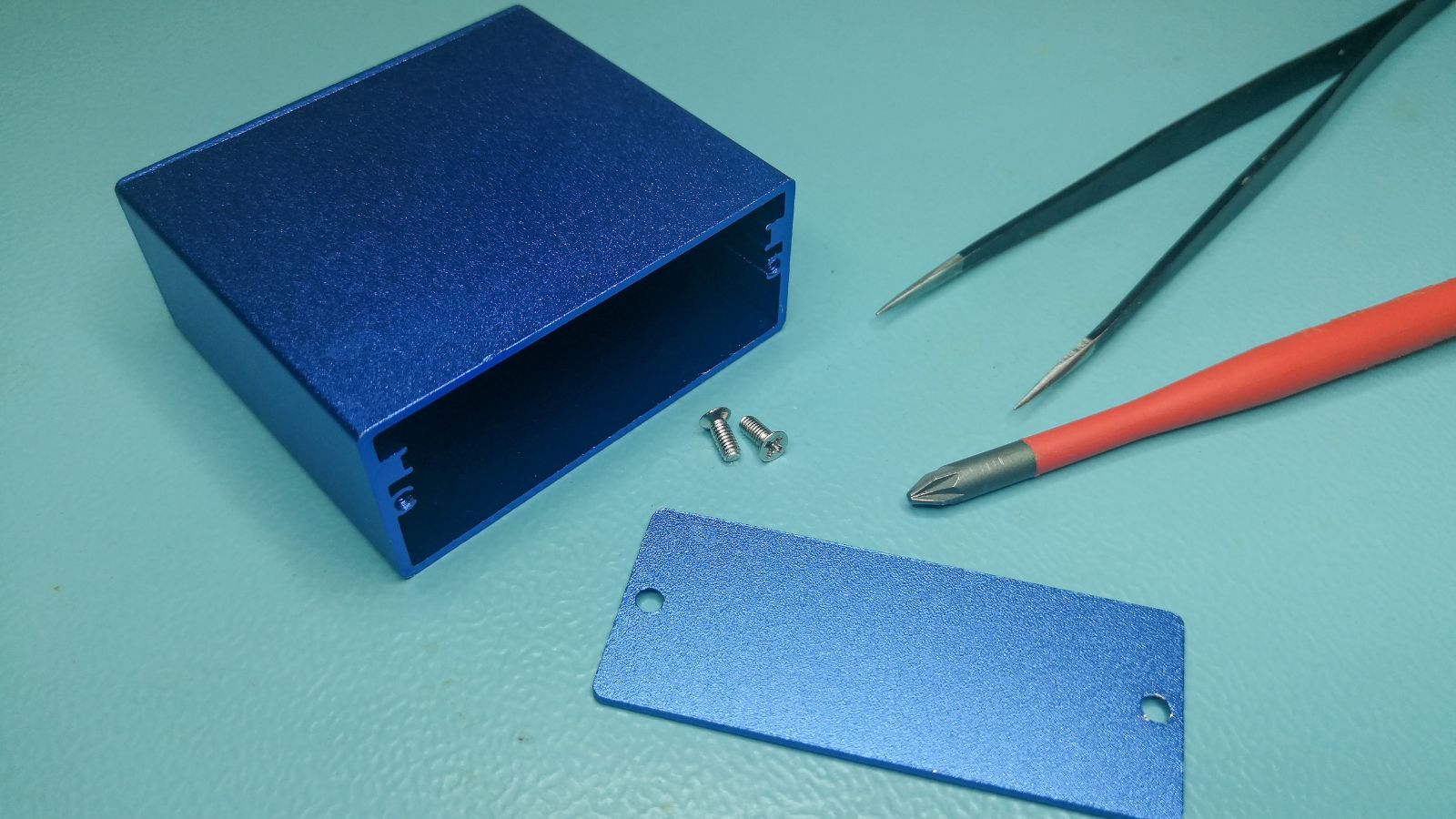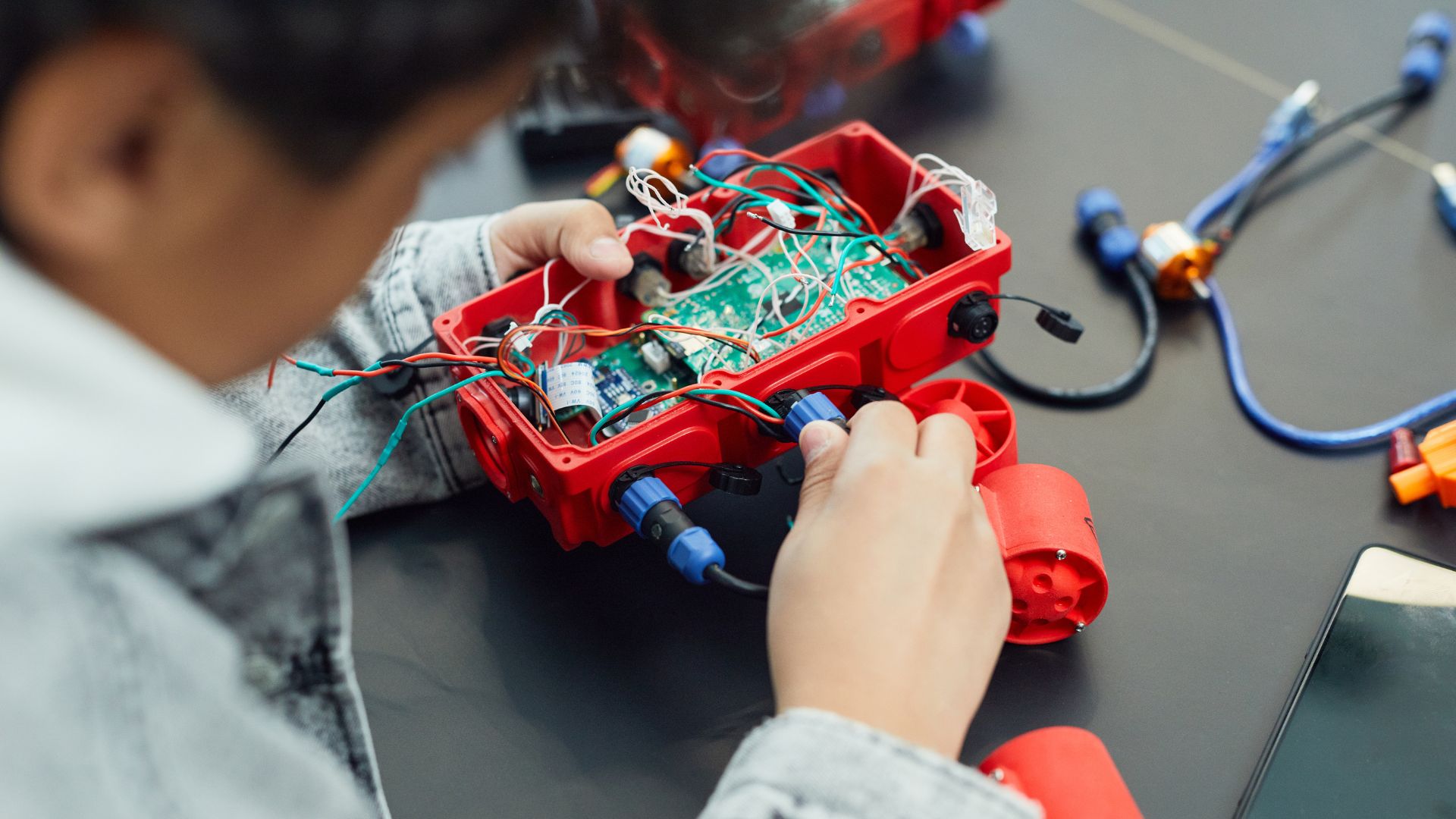In the realm of DIY, electronics projects have carved out a niche of their own. They’re a fantastic way for hobbyists and tinkerers to explore the fascinating world of electronics, all while developing practical skills and creating something truly unique.
DIY Electronics Projects
Immersing oneself in the world of DIY electronics projects provokes challenges yet yields numerous benefits. With the perfect guide, beginners and seasoned tinkerers alike gain knowledge and develop practical abilities. This section presents the basic building blocks of DIY electronics and identifies essential tools and materials necessary for beginners.
The Basics of DIY Electronics
The backbone of any DIY electronics project lies in the fundamentals: understanding circuits. A circuit, which is the path electricity flows through, is the heart of any electronics project. Two of the most common are series circuits, where components align one after the other, and parallel circuits, where elements connect along separate pathways. For example, a simple flashlight demonstrates a series circuit, while many home electrical systems function as parallel circuits.
Polarity also plays a crucial role. It primarily relates to the direction in which current flows. A typical example is a standard AA battery: one end is positive (+), and the other end is negative (-).
Finally, learning about the different types of electronic components is key. These include resistors, which control current flow; capacitors, storing and releasing electrical energy; and transistors, employed to amplify or switch electronic signals, among many others.
 Popular DIY Electronics Projects for Hobbyists
Popular DIY Electronics Projects for Hobbyists
Embarking on ‘do-it-yourself’ electronics projects is a fascinating venture for hobbyists. By harnessing circuit principles, a penchant for creativity, and standard tools like soldering irons and microcontrollers, one can fashion a multitude of unique devices. This section details three popular projects: Building LED lights, crafting a home automation system and designing 3D printed gadgets.
Building Your Own LED Lights
Transforming a basic LED into a custom lighting system tops the list of popular DIY electronics projects. It’s a simple yet joyous exercise for greenhorns and veterans alike. Ensuring one’s proficiency in soldering and basic understanding of electronic components greatly facilitates this project. Additionally, materials, including LEDs, resistors and wires, form the core of this endeavour. Successful execution not only results in a gratifying glowing light but also equips beginners with core electronic circuit concepts.
Crafting a Home Automation System
If a hobbyist possesses more advanced proficiency, working on a home automation system could be well within their ambit. Aside from the intrigue of remotely controlling household electronics, such systems consist of a network of integrated devices that communicate via a central hub, generally powered by a microcontroller, like an Arduino or Raspberry Pi. The effective amalgamation of various technical skills, codifying, circuit diagram comprehension, and device interfacing, forms the backbone of such a system.
 The Educational Value of DIY Electronics
The Educational Value of DIY Electronics
Learning Electronics Fundamentals Through DIY
Engaging in DIY electronics presents a rich opportunity for grasping the nuts and bolts of electronics. Participants acquire knowledge about key components like resistors, capacitors, and inductors, understanding their properties, functionalities, and dimensional specifications. They learn to interpret circuit diagrams, thus deepening their skill in electrical circuit theory. Techniques like soldering and prototype designing become second nature. For example, assembling a DIY FM radio kit involves reading and interpreting circuit diagrams, picking the appropriate components, soldering, and lastly testing the functionality of the system. In essence, DIY electronics projects serve as a practical-driven platform for mastering fundamental electronics.
How DIY Projects Enhance Problem-Solving Skills
DIY electronics projects often present unforeseen challenges, which demand creative problem-solving for resolution. As they tackle real-world issues, such as debugging a malfunctioning circuit or optimising a robot’s movement, they are honing their analytical abilities. By applying principles of mathematics and physics, they can devise innovative solutions to these complexities. For instance, if a hobbyist’s homemade drone isn’t achieving the desired lift, they’d likely revisit the science behind lift, thrust, weight, and drag to attain the desired result. This exposure to problem-solving in a tangible context thus bolsters critical thinking and adaptability, which are invaluable skills in the broader technological world.
